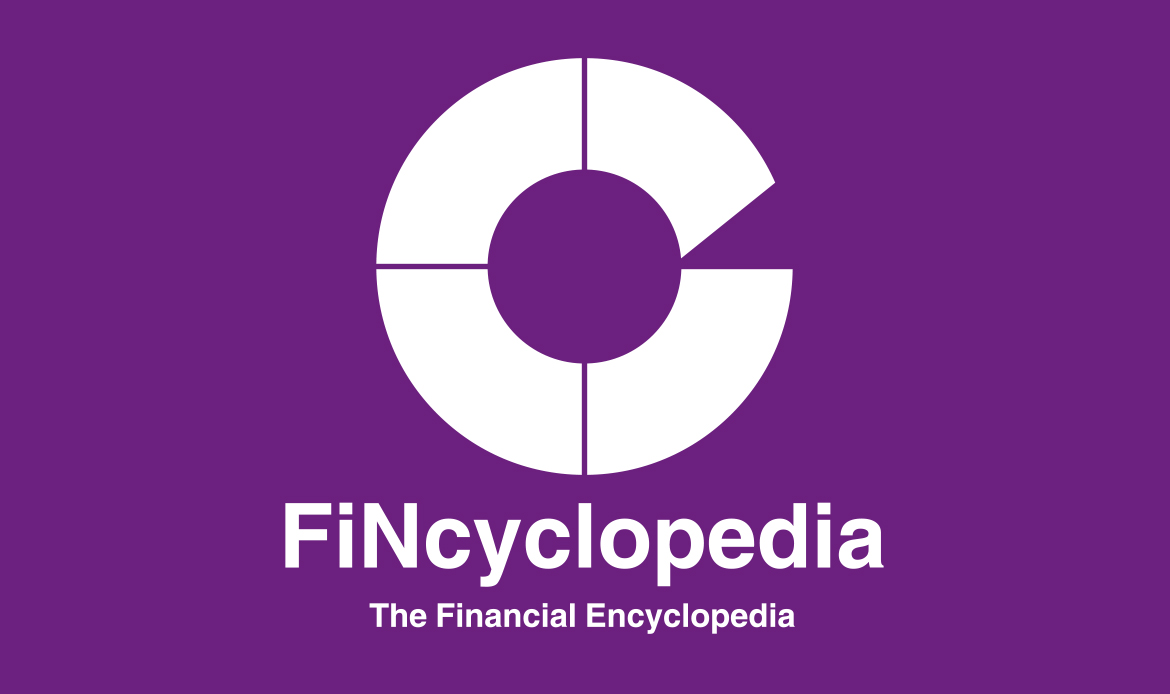An offer by a company to sell/ float more of its shares (stock) after completion of, or subsequent to, the primary offering/ distribution or initial public offering (IPO) stage. This results in a higher number of shares outstanding. It differs from the so-called secondary offering in that follow-on offering is initiated and carried out by the issuing company, while secondary offering usually takes place in the secondary market and between other market participants (i.e., without involvement of the issuing company).
Since it is a form of post-IPO (an offering made after completion of IPO stage), it is also a type of seasoned offering.
The process of follow-on offering starts after an IPO, though it is still a public issue of shares by a publicly listed company, to the general public. The issue of additional shares to investors at large is usually carried out for the purpose of diversifying the issuer’s equity base. Like in an initial public offering, the issuer releases a prospectus.
In terms of the impact on existing stockholders, follow-on offering may be dilutive (dilutive offering) or non-dilutive (non-dilutive offering). In a dilutive offering, the rights of existing shareholders dilute with issuance of new shares (rights relating to dividends, voting power, etc).
Follow-on offering is also known as a follow-on public offer, FPO or subsequent distribution.


